A lot has been spoken about improving learning outcomes in schools. Geeta Dharmarajan, Founder and President at Katha foundation gets candid about education of underprivileged children, StoryPedagogy, and preference of learning over education.
Q. What is StoryPedagogy and how it has led to better learning among children?
StoryPedagogy is drawn from Bharata’s NatyaShastra – a Sanskrit text on the performing arts that dates back to more than two thousand years. StoryPedagogy places the child at the centre of the learning process, and develops a pedagogic praxis that focuses on reading for fun and meaning, thereby transforming the learning experience for the child by making it interactive, participative, enjoyable and meaningful. Everyone has a different way of learning. In India, the practice of learning was for thousands of years through primarily listening, which is known as Shravan Shakti. It is still the case for millions in India, who may not know how to read or write but can recite religious texts or poems efficiently.
Therefore, one has to progress with great dexterity while moving from an oral to a written tradition. We have to keep in mind the millions of India’s children which often belong to rural, tribal, weaver, and fishing families. However, the methods used for children from educated families cannot be used for children from families where formal schooling has not been the normal route for learning. At Katha, I felt that there was an urgent need to bridge the gap between children from privileged backgrounds and socio-economically disadvantaged backgrounds. The idea was to form a child-centric education system for children who were unused to the idea of a pencil and book.
Q. How is StoryPedagogy an effective technique when it comes to diverse learning curves of children?
It is a technique that focuses on figuring out the interest of a child and then teaching him or her accordingly. A teacher should never settle for teaching content from only a text book. This theory of StoryPedagogy is suggested in Bharata’s Natya Shastra where a teacher through Rasa captures the interest of the audience. Thus as we practise StoryPedagogy, we illustrate a particular concept in various ways. I might show a parrot, or a flying sparrow, or a bird in a cage through movement of my fingers and hands to create an idea of a bird. The teacher of a conventional classroom would not engage in multiple manners of reaching out to various children because he or she is not exposed to a creative and disruptive teaching-learning pedagogy.
Q. How is it beneficial for underprivileged students and institutions?
StoryPedagogy utilises principles from Bharata Muni’s Natya Shastra where every child feels special. As a teacher, I may have forty children in a classroom but every child is important. At Katha, we developed StoryPedagogy with my understanding of what happens with children from extremely impoverished families. I also felt the dire need to develop self-esteem among our children, who were usually made to feel that their existence did not matter. Dance and theatre proved to be very effective in protecting and building their self-esteem. These give children a sense of confidence about who they are, and encouraged them to speak, interact and participate in the classroom with their teachers and peers.
Q. What does StoryPedagogy comprise?
The key components of this technique are namely curriculum, content, classroom practices, continuous assessment, and classroom-community linkages. Our curriculum is based on me-we ideology. We endorse the idea that I have to be a socially responsible and responsive citizen who can be trusted to look after my own wellbeing along with that of my fellow citizens. We also have classroom learning practices which I call active-story-based-learning. A story has capability to induce critical thinking. It is a 21st century skill and we want our children to ask questions. They must be curious, creative, and critical thinkers, and also problem solvers. Simultaneously, we train our teachers in Abhinaya. If a teacher uses Vak-Abhinaya in her voice, children will be engrossed in the tale and would want to know more.
Continuous assessment is another significant aspect of our teaching-learning mechanism. We call it Ruchi, and teachers learn to assess students according to the Ruchi matrix. Language learning and acquiring dexterity in a language does not just hinge on knowing the precise meaning of every single word. We learn to read more as we learn, and we try and understand the meaning from the context from the illustrations. Lastly, we include our community in every aspect of teaching, and strongly encourage our children to take their classroom learning back to their communities. Due to the evidential success of our model, we have been working with the Municipal Corporation of Delhi (MCD) schools for more than the past decade, and continue to do so.
Q. How do you think the current exam-centric teaching-learning techniques of Indian academic institutes would adapt to StoryPedagogy?
It is time to make a change by critically questioning the current exam-centric teaching-learning techniques. The system needs to be overhauled gradually. We must also remember that we inherited our current education system from our colonial rulers. Their singular goal and objective was to create a crop of administrators who would listen to them, follow bureaucratic procedure, and run the administration of the Indian colony. So, they created an education system where you listen and don’t raise discomfiting and uncomfortable questions.
If you investigate our ancient texts, you will find characters like Gargiand Eklavyawho went far in the pursuit of true knowledge and awareness, which changes the nature of our consciousness. Here, I am talking about giving precedence to knowledge over education. Today, most of the schools are affiliated to boards such as CBSE and NCERT which are exam-centric. Now, they don’t know how to get out of it. We have to come out of the cobweb of syllabus and text-books. At Katha, we introduce text-books from tenth class to help them in preparing for exams.
Q. Many reputed publishing houses like are harping on illustrations for children. What is your opinion about it?
Illustrations are very important for children while studying a concept. It applies for all children but I would specifically like to talk about the kind of children we work with. The first aim of a teacher should be to interest a child. Children between three and six years of age are often attracted to shapes and colours. Thus visuals ignite the inherent curiosity of a child. Learning cannot happen only through emphasis on phonetics or strings of letters or words, which mean little to a child. A child cannot make meaning from just the sound of a vowel or a consonant. Therefore, at Katha we have implemented ways to impart Poorna Shiksha. It includes visuals, action-songs, and holistic language learning as all these are significant aspects in boosting learning of a child.

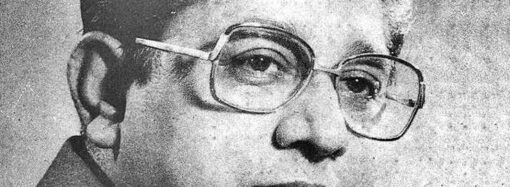
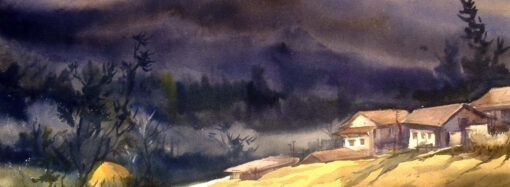

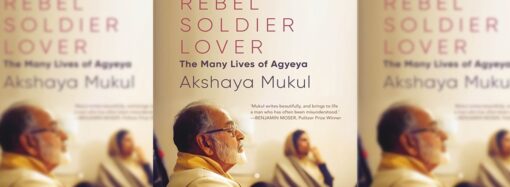

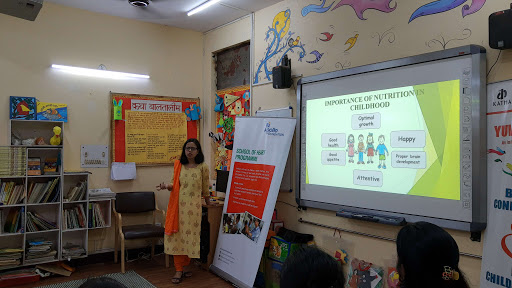






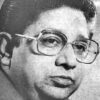




Leave a Comment
Your email address will not be published. Required fields are marked with *